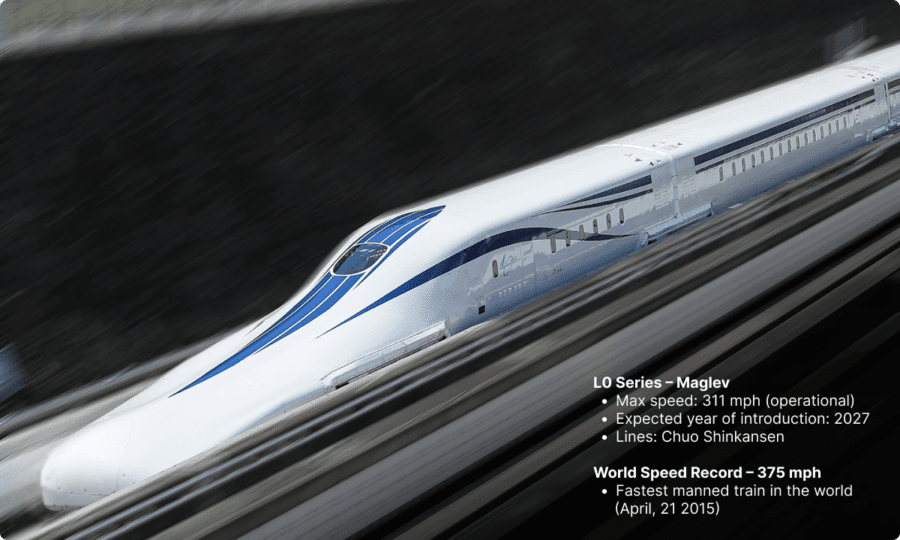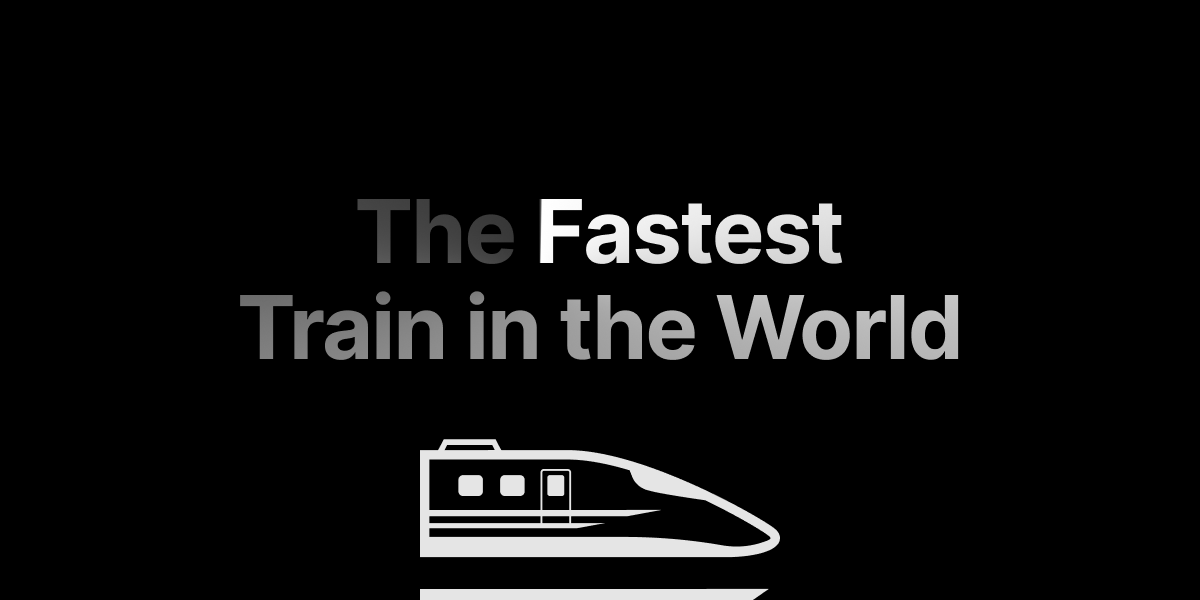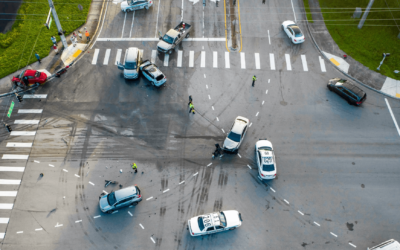The Indestructible
Shinkansen 新幹線
(also known as the Bullet Train)
On October 1, 1964, the debut of the Shinkansen took place just before the Tokyo Olympics. This was the world’s first high-speed rail system, with a running speed of 150–200 mph. It revolutionized train travel by reducing the journey time from Tokyo to Osaka from 6 hours and 40 minutes to just 4 hours. Today, the same journey takes only 2 hours and 25 minutes. Almost six decades since its inception, the Shinkansen remains unrivaled in terms of its reputation for speed, punctuality, and comfort; all while maintaining a flawless safety record.
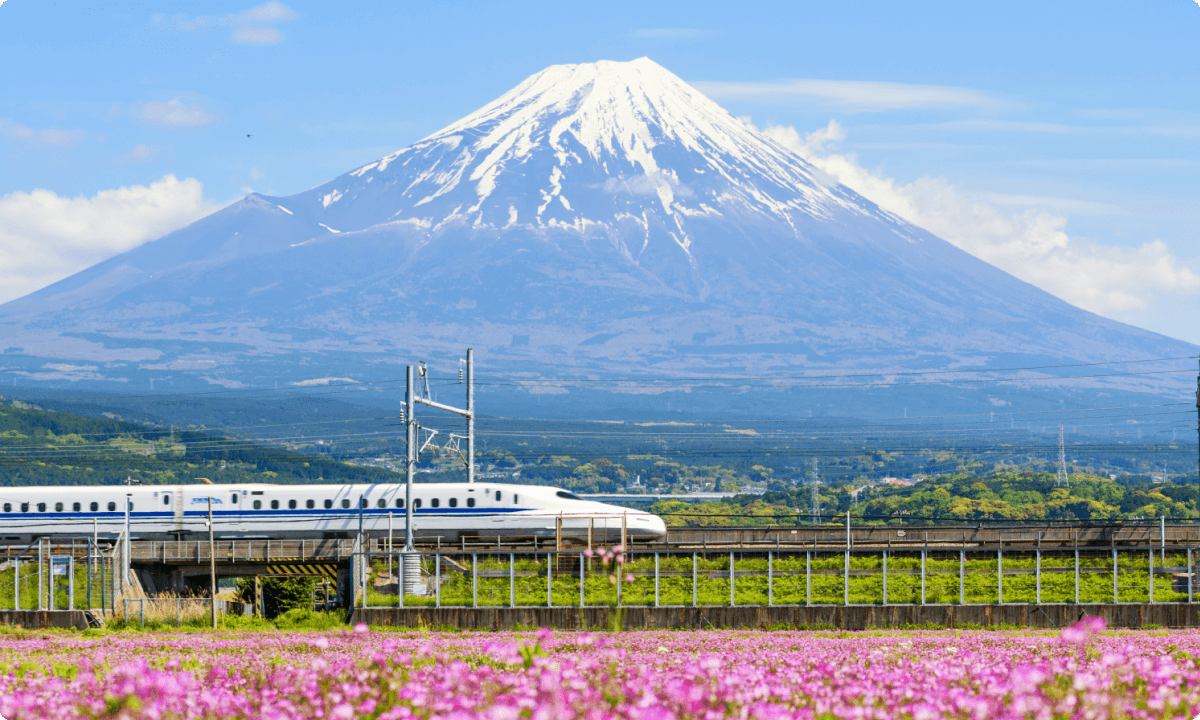
1. History / Speed, Reliability, & Safety
The Shinkansen is renowned for it’s speed, reliability, and safety. They run on time—all the time. Over the Shinkansen’s nearly 60 year history, carrying over 10 billion passengers, there has not been a single passenger fatality or injury on board due to derailments or collisions.
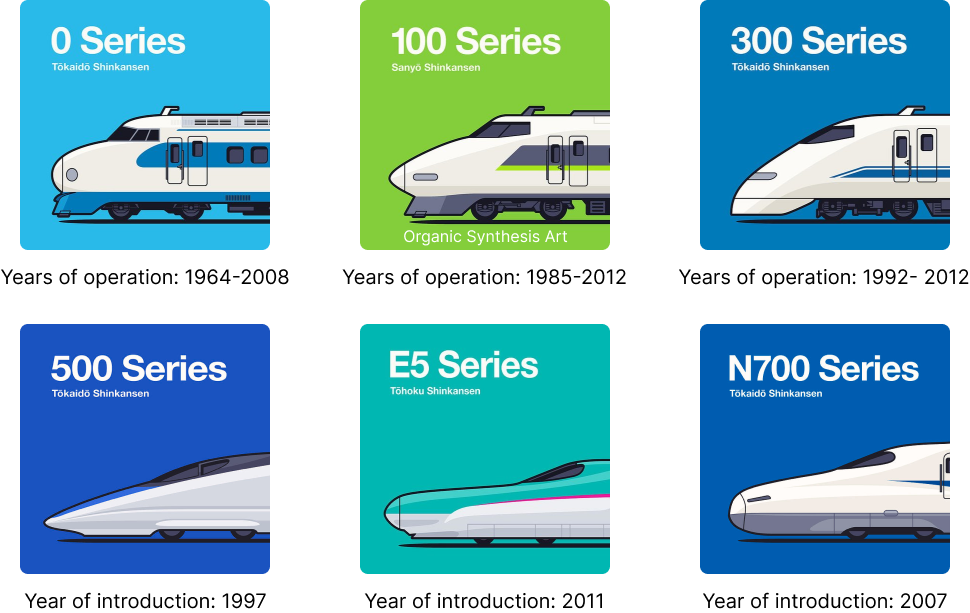
2. Expansive Rail Network
After years of expansion, there are now 9 Shinkansen lines in service, linking most major cities across the three main islands of Japan: Hokkaido, Honshu, and Kyushu. This equates to 1,758.9 miles of lines with maximum speeds of 150–200 mph.
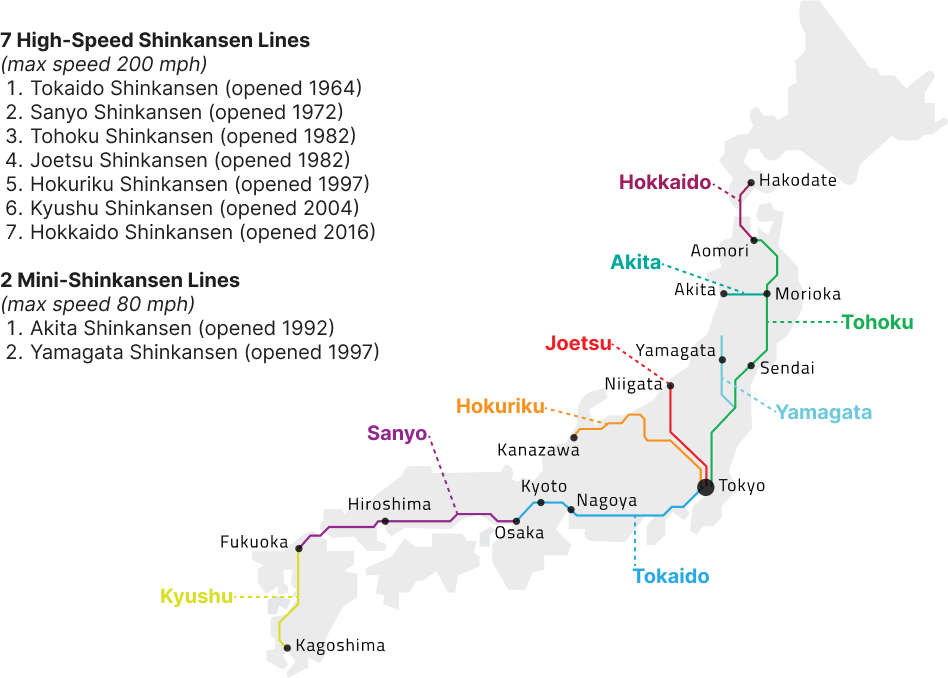
3. Modern / N700 Series
The most distinguished modern Shinkansen model is the N700 series. This series has gone through 6 generations, having evolved over numerous upgrades and variants including a lithium-ion self-propulsion system. The N700 series is distinctive for it’s flat ‘duck-bill’ front nose, which was designed to reduce tunnel boom (a.k.a. piston effect).
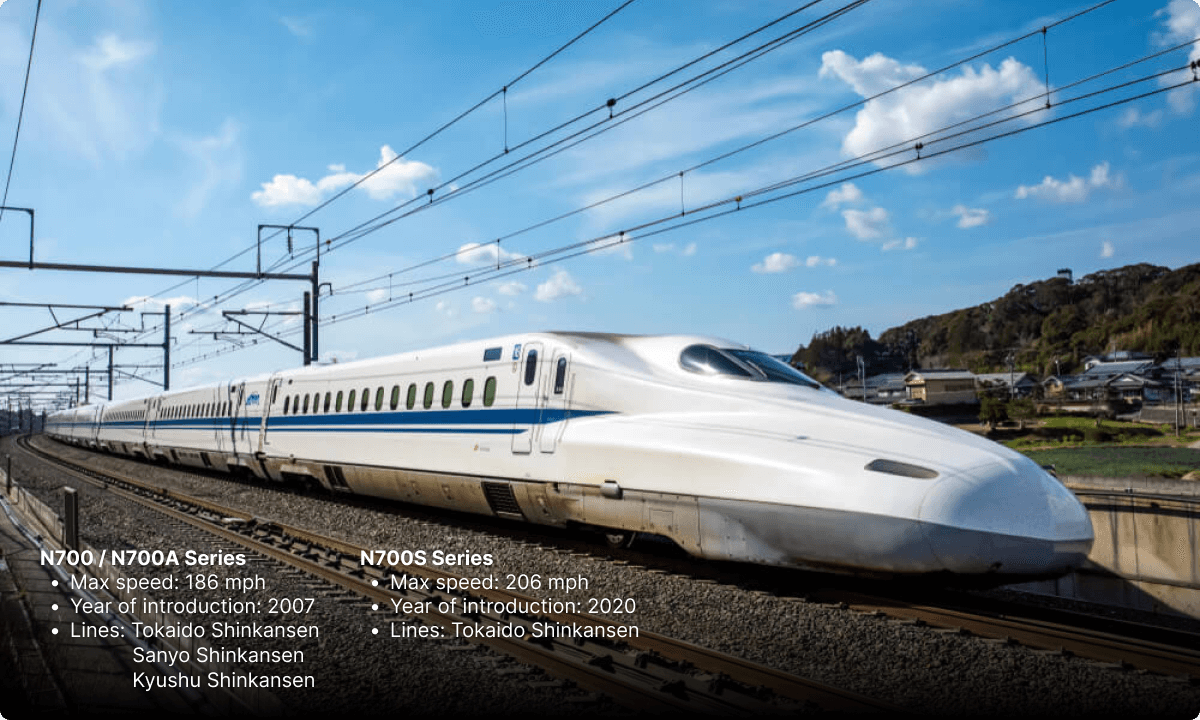
4. Future / Maglev L0 Series
Japan’s Maglev program aims to push the boundaries of the maximum speed possible and allow passengers to travel from Tokyo to Osaka in under an hour. The first stage in this project, the Chuo Shinkansen line, is currently in the testing phase and is expected to be inaugurated by 2027. Once operational, it will link Tokyo to Nagoya in roughly 40 minutes.
